Africa
Americas
Asia
Europe
Oceania
Travel Agent Support:
+61 02 8823 5094
Mon - Fri: 9 am - 15 hrs
Saturday & Sunday: Closed
What to see in Ecuador
Ruins of Ingapirca
Tourist attractions Ruins of Ingapirca
The Ruins of Ingapirca are the most important pre-Columbian archaeological site in Ecuador and a World Heritage Site as declared by UNESCO. It is located in the south of the country in the province of Cañar, at an altitude of 3160 meters above sea level and its name means "wall of the Inca" in Quechua.
The story tells that the Inca Túpac Yupanqui, during the campaigns of expansion of his empire through the south of Ecuador, met the cañari tribe "Hatun Cañar" and got married, strategically, with the princess Cañari Paccha, from whose union Huayna Cápac was born in the city of Pumapungo, currently Cuenca. The Cañari people built this complex for him and although the Incas were more numerous and dominated the Cañari, they did not demand that they give up their autonomy and kept their separate individual customs, thus resolving their differences in order to coexist peacefully and merge their civilizations.
It was an important religious, political, scientific, military and administrative centre and is made up of a cemetery, solar observatories, a temple, warehouses, priests' apartments, a ceremonial plaza and cobblestone streets.As in other important Inca ruins, Ingapirca also built a sophisticated underground aqueduct system to distribute the water throughout the complex. The Incas built with chiselled rocks with hardly any space in between, while in the Cañari architecture they lightly join the rocks with mortar.
The religions of the Incas and the Cañaris were very different: the former worshipped the sun, while the latter were worshipers of the moon. Although the city is cougar-shaped, the complex reflects the crescent moon. As a place of worship, there were numerous ritual celebrations. Supposedly, large quantities of a fermented drink called Chicha were used in these festivities.
The different architectural constructions that can be seen in the complex are:The Castle of Ingapirca or Temple of the Sun: Constituting one of the main samples of the Inca architecture. Elliptical and located on top of a hill, it housed chambers, patios, cellars and baths and was once surrounded by stone walls. Its strategic position suggests a ceremonial use that allowed to identify the rising and setting of the sun, which affected the temple during the solstice illuminating sacred elements at a certain time of the day.Pilaloma: The oldest building, composed of a series of rectangular rooms.
The Adoratory: Built by the Cañaris in honour of the Moon, its main God, it is the centre of the archaeological complex. Its construction is elliptical and its walls have a maximum elevation of fewer than four meters. Both the door and the niches located on the walls have a trapezoidal shape and the blocks of carved stone are stacked without any kind of mortar or cement.
OUR BEST TRIPS TO RUINS OF INGAPIRCA
YOU ALSO LIKE
Tourist attractions ecuador

Amazon

Avenue of the Volcanoes
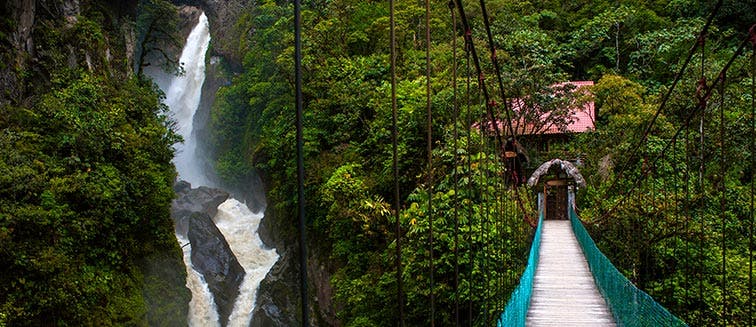
Banos
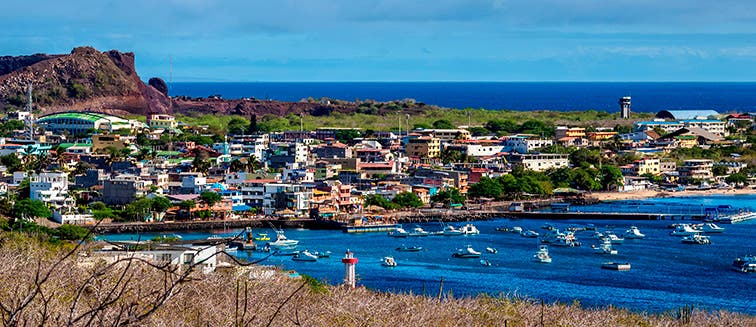
Baquerizo Moreno

Cotopaxi National Park

Cuenca

Galapagos Islands
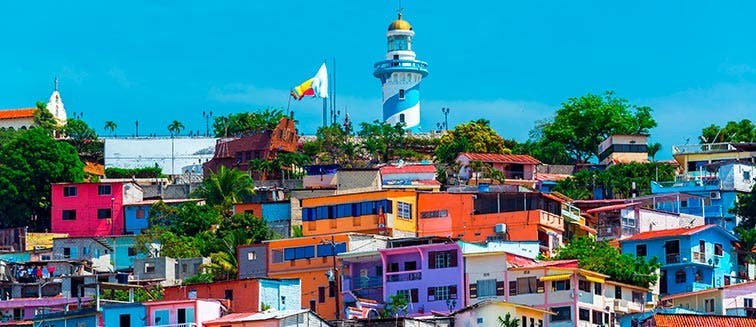
Guayaquil

Isabela Island

La Loberia Beach
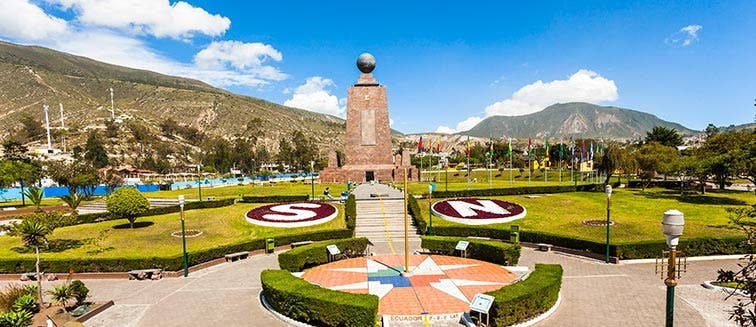
Middle of the World Monument

Mindo
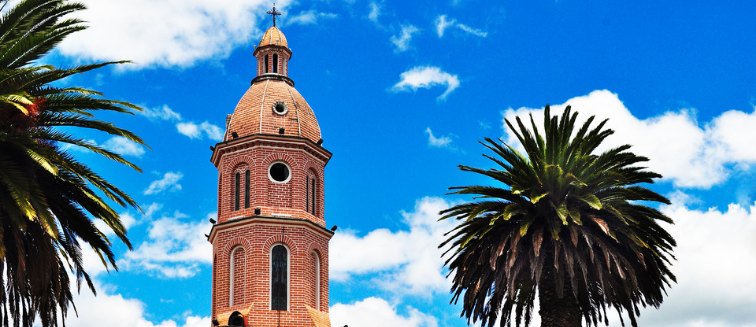
Otavalo
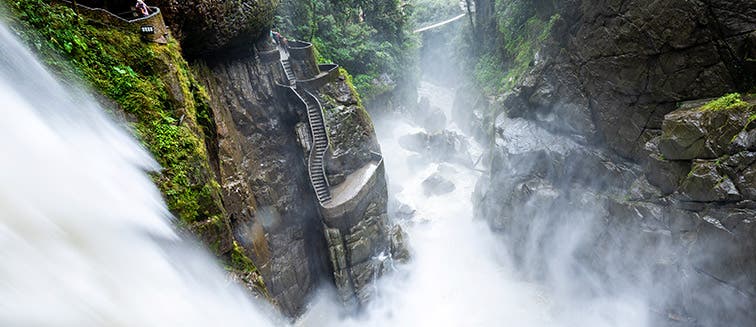
Pailon del Diablo Waterfall

Papallacta Hot Springs
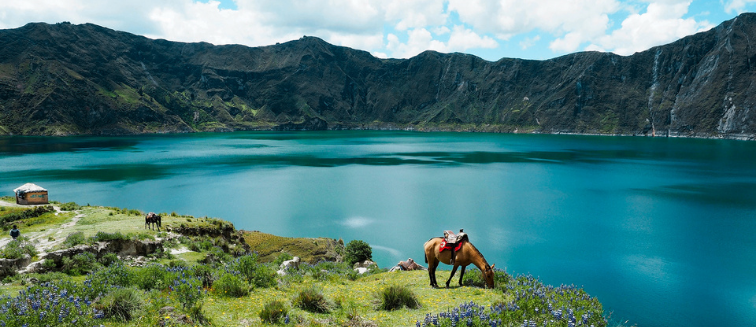
Quilotoa

Quito

Riobamba
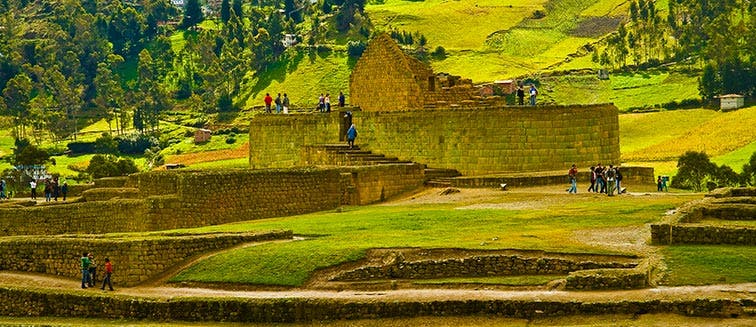
Ruins of Ingapirca

San Cristobal Island

Santa Cruz Island

The Devil's Nose
Points of interests
- Trips to Amazon
- Trips to Banos
- Trips to Baquerizo Moreno
- Trips to Cotopaxi National Park
- Trips to Cuenca
- Trips to Galapagos Islands
- Trips to Guayaquil
- Trips to Isabela Island
- Trips to La Loberia Beach
- Trips to Middle of the World Monument
- Trips to Mindo
- Trips to Otavalo
- Trips to Quilotoa
- Trips to Quito
- Trips to Riobamba
- Trips to Ruins of Ingapirca
- Trips to San Cristobal Island
- Trips to Santa Cruz Island
- Trips to The Devil's Nose
Other Points of interests
- Trips to Aguas Calientes
- Trips to Arequipa
- Trips to Argentinian Patagonia
- Trips to Bariloche
- Trips to Barrio de Boca
- Trips to Bogota
- Trips to Buenos Aires
- Trips to Buzios
- Trips to Cartagena de Indias
- Trips to Chilean Patagonia
- Trips to Christ the Redeemer
- Trips to Coffee Axis
- Trips to Colca Canyon
- Trips to Comuna 13
- Trips to Copacabana Beach
- Trips to Cusco
- Trips to Desierto de Atacama
- Trips to Easter Island
- Trips to Eduardo Avaroa
- Trips to El Calafate
- Trips to Getsemani
- Trips to Huacachina Oasis
- Trips to Iguazu Falls
- Trips to Iguazu Falls
- Trips to Ilha Grande
- Trips to Iquitos
- Trips to Islas Ballestas
- Trips to Islas del Rosario
- Trips to La Candelaria
- Trips to La Paz
- Trips to Lake Titicaca
- Trips to Lake Titicaca
- Trips to Lima
- Trips to Luna Valley
- Trips to Machu Picchu
- Trips to Manaus
- Trips to Medellín
- Trips to Mendoza
- Trips to Nazca
- Trips to Paracas
- Trips to Paraty
- Trips to Perito Moreno
- Trips to Potosi & Cerro Rico
- Trips to Praia do Forte
- Trips to Puerto Maldonado
- Trips to Puerto Natales
- Trips to Rapa Nui National Park
- Trips to Reserva Nacional Los Flamencos
- Trips to Rio de Janeiro
- Trips to Sacred Valley
- Trips to Salar de Uyuni
- Trips to Salvador
- Trips to San Andrés
- Trips to San Felipe de Barajas Castle
- Trips to San Pedro de Atacama
- Trips to San Rafael Glacier
- Trips to San Telmo
- Trips to Santa Lucía Hill
- Trips to Santa Marta
- Trips to Santiago de Chile
- Trips to São Paulo
- Trips to Serrano & Balmaceda Glaciers
- Trips to Sucre
- Trips to Tayrona
- Trips to Tiahuanaco Ruins
- Trips to Torres del Paine National Park
- Trips to Ushuaia
- Trips to Valley of the Moon
- Trips to Valparaiso
- Trips to Vicente Perez Rosales National Park
- Trips to Viña del Mar
Countries Nearby